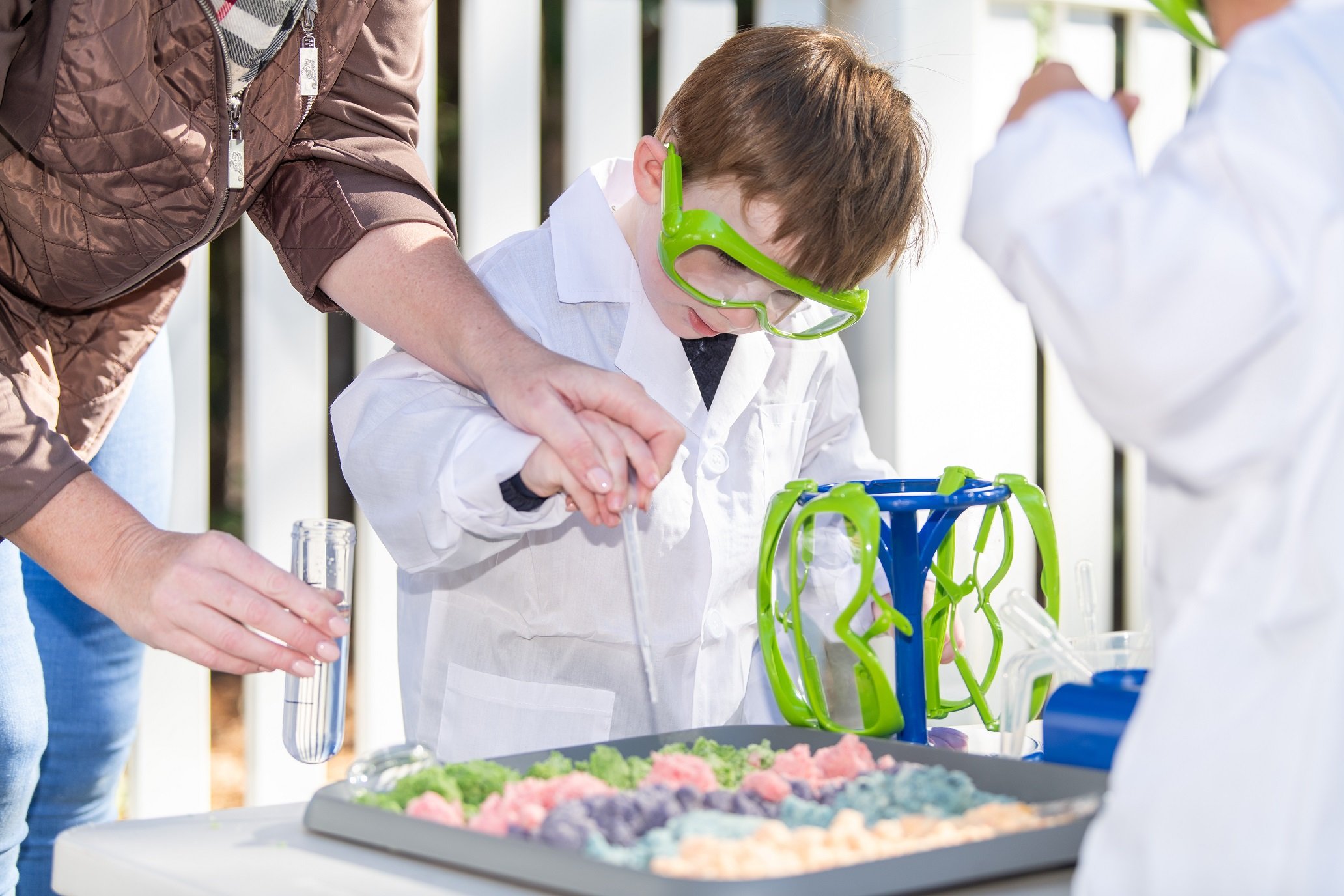Importance of Engineering in Facilitating Creativity
Early childhood education and engineering combine to help children create their own designs, build projects, and tackle real issues with creative thinking and innovation. It includes using mental processes like planning, building, testing and improving concepts — skills that are crucial for students in all grade levels. Children use their imaginations to turn ideas into things through block building, construction play, or problem-solving tasks with materials and structures. Engineering-focused creativity encourages independent thinking, risk-taking and collaboration in children (Cunningham & LaChapelle, 2014). As they learn by doing, testing ideas and designs through trial and error, they develop resilience, persistence and flexible thinking — the foundational ingredients of a creative mindset in a constantly changing world.
Creativity Theories and Perspectives in Engineering
Lev Vygotsky’s social constructivist theory, which highlights the impact of social interaction and scaffolded learning on cognitive development, is worthwhile to consider in engineering play that flourishes on collaboration and guided exploration (Sallehuddin, 2021). Howard Gardner’s theory of multiple intelligences, specifically the logical-mathematical and spatial intelligences, aligns with engineering challenges that allow children to tackle real-world problems. Divergent and open-ended problem solving helps to develop creative thought (Morgan, 2021). Engineering activities provide an opportunity for children to think in "what if" scenarios, paving the way for innovative ideas and design thinking from an early age — critical skills for the creators, inventors and problem-solvers of tomorrow.
Resources, Materials, and Digital Technologies
Every Children loves to engineering play with blocks, LEGO, cardboard boxes, paper towel rolls, string, clothespins, tape, glue, recyclable material and a variety of other common materials. Resources like Tinkercad, LEGO Digital Designer or PBS Children Design Squad also give children a chance to virtually construct things. They can also document and reflect on their building processes using simple stop-motion apps. Using real-world tools — rulers, measuring tapes, levelers — helps introduce design concepts. These materials promote trial and error, enabling children to explore stability, strength and design-thinking while also developing spatial awareness and engineering skills.
Learning Experiences for Different Age Groups
Infants (0–2 years):
- Stacking soft blocks to build towers and knock them down.
- Exploring textures and stability with sensory construction materials (e.g., foam, Velcro blocks).
Toddlers (2–3 years):
- Constructing simple bridges using blocks or boxes to cross toy animals.
- Building tall towers with guidance and observing what causes them to fall.
Preschoolers (3–5 years):
Designing and building houses or cars using recyclable materials.
Solving a “build a boat” challenge to test which designs float or sink.
Early Elementary (6–8 years):
- Creating chain reactions using household materials (dominoes, marbles, ramps).
- Participating in a “marshmallow tower” challenge to build the tallest freestanding structure using limited materials.
Three Original Creative Learning Opportunities
0–2 Years: "Stick Tower Challenge"
Provide ice cream sticks and playdough or tape. Encourage the child to build the tallest stable tower or a house structure that can stand on its own.
2–3 Years: "Tunnel Trouble"
Children dance inside colored hula hoops as music plays. When the music stops, the teacher calls out a color, and children freeze in that hoop. Develops listening skills, colour recognition and movement control.
3–5 Years: "Mini Domino Chain"
Use blocks or dominos to create a simple chain reaction. Encourage the child to set up and knock down the chain while adjusting spacing and direction.
Critical Reflection and Evaluation
The creativity involved in engineering also allows me to access my own love of building, making, and problem-solving. I instinctively bring curiosity and tenacity to problems—qualities that help me create compelling and open-ended learning experiences for children. And I could find ways to use all of those creative traits when I produced something that is relevant to the above description. These characteristics help me utilize common materials in creative and engaging ways for teaching design thinking to young students. I urge children to consider, “What else can I try?” or "How can I fix this?" instead of just outcomes. I realized that failure is part of the engineering process and that I needed to show that mindset to children by celebrating their tries and ideas. My patience and the ability to scaffold their ideas without taking over the learning allows kids to own their engineering project. By incorporating whimsical building tasks, my hope is to encourage teamwork, communication skills, and creative problem-solving, which are so important for children in a 21st century learning environment. Gaining engineering tools to facilitate creativity helps me cultivate reflection on my practice and become the reflective educator who listens, respects, and believes in children’s ideas, voices, and capacity for innovation.

Comments
Post a Comment